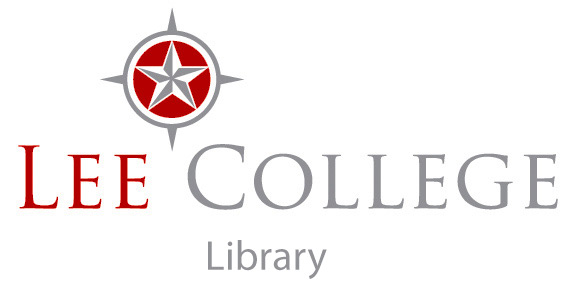The “Technology, Education and Copyright Harmonization Act,” commonly known as the “TEACH Act,” was enacted by Congress on October 4, 2002. Its provisions enable educators to use copyrighted materials for distance education, with certain restrictions. Refer to 17 U.S.C. § 110(2) of the U.S. Code.
Books on Distance Education
-
Copyright Law for Librarians and Educators by
Call Number: KF 2995 .C74 2012ISBN: 9780838910924Publication Date: 2011-12-14 -
Copyright Law and the Distance Education Classroom by
Call Number: KF 4209 .E38 L57 2005ISBN: 9780810851719Publication Date: 2004-12-28
Teach Act Helps
The TEACH Act permits streaming portions of film content.
TEACH Act (included in Section 110(2)) - The "Technology, Education and Copyright Harmonization" Act allows instructors to perform or display copyrighted works in distance education environments. However, there are a number of restrictions. Here are some useful resources specifically related to the TEACH Act:
- TEACH Act Toolkit - from the University of North Carolina - Charlotte Library
-
TEACH Act Checklist adapted from University of Texas Libraries under a Creative Commons Attribution-NonCommercial 4.0 Generic License.
WHAT IS THE TEACH ACT ?
The TEACH Act
The TEACH Act (Technology, Education, and Copyright Harmonization Act, (2002) (Section 110(2) allows educators to perform or display copyrighted works in distance education environments. If you would like to show a video or display an image during your online class, you may want to consider whether that use is allowable under the TEACH Act.
Implementing TEACH can be difficult because of its complexity and the many detailed requirements for instructors, technologists, and institutions.
Benefits of the TEACH Act
- Performances and displays of nearly all types of copyrighted works
- Transmission of digital materials to students at distant education locations
- Storage of copyrighted content for brief periods of time, such as that which occurs in the process of transmitting digital content
- Creating digital versions of print or analog works
Requirements of the TEACH Act
In order to take advantage of these benefits, instructors and institutions must meet certain policy requirements specified by the TEACH Act. Reasonable measures to assure that only enrolled students will have access to materials during the course of instruction must be in place before TEACH exemptions can be made. Below is a list of requirements:
- The teaching must occur at an accredited, nonprofit educational institution.
- Only lawfully acquired copies may be used.
- Use is limited to performances and displays. The TEACH Act does not apply to materials that are for students' independent use and retention, such as textbooks or readings.
- Use of materials must be within the context of "mediated instructional activities" analogous to the activities of a face-to-face class session.
- The materials to be used should not include those primarily marketed for the purposes of distance education (i.e. an electronic textbook or a multimedia tutorial).
- Only those students enrolled in the class should have access to the material.
- Reasonable efforts must be made to prevent students from distributing the material after viewing it.
- If a digital version of the work is already available, then an analog copy cannot be converted for educational use.
- Students must be informed that the materials they access are protected by copyright.
The educational institution must have a policy on the use of copyrighted materials and provide informative resources for faculty advising them on their rights
